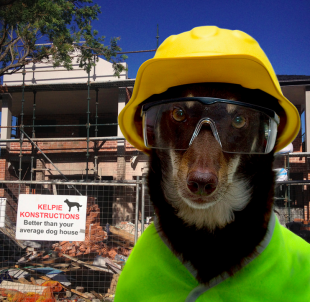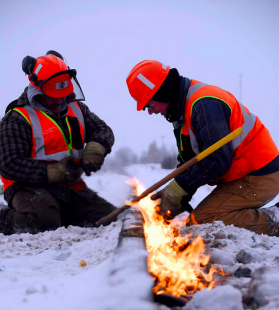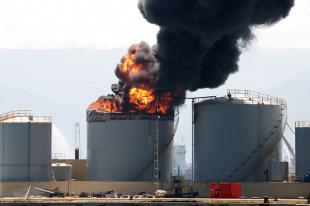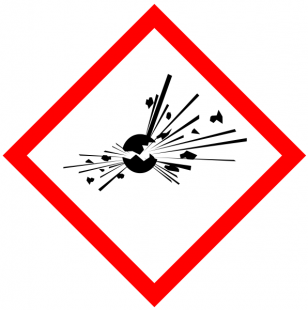While driving down a major interstate, you have probably found yourself caught behind a massive commercial truck. Often we are too busy trying to pass the slow-moving vehicle to notice the “How’s my driving?” sticker on the back. Who is this person asking about his or her driving, and why should you care? ... [more]
A shock, a fall, a burn; these represent a small number of the injuries possible in day-to-day life. Injuries can happen to your employees in your workplace without proper precautions. Sometimes accidents happen, employees suffer from work-related injuries, and your company faces the risk of medical bills and lawsuits. Things happen, but these situations are almost always preventable. Employee injury can happen in dozens of ways, but it only takes a few small measures and a little bit of training to minimize employee injury and maximize efficiency. ... [more]
You don’t have to be well-traveled to recognize the world contains many cultures and each culture has its own set of values and social norms. For example, I remember learning as a child that bearing the bottoms of your feet in certain cultures is considered offensive, while in others it is commonplace to burp after a meal to compliment the cook. The increasingly globalized economy is exposing those cultural differences in many different ways—one being the variation in safety standards from country to country. ... [more]
Here’s the sixth in a series of blog posts written to help you evaluate elearning courses by considering how well their visuals add to the effectiveness of the training. It’s also the final installment in this series. In this post, we’ll discuss some techniques for creating visuals that add a “charge” to your training, grab attention, and make the material easier to remember later. ... [more]
The polar vortex may have subsided, but the questions and concerns it raised about how to stay safe while working in freezing conditions have not. We’ve covered hot work and staying safe in the heat and are now here to help you keep your cool (pun intended) while doing cold work. OpenSesame offers more than dozen courses to keep you safe no matter what the winter weather throws at you! ... [more]
We’ve officially entered the holiday season, and while that may mean fun times with family and friends, great food, and many shopping trips, it can also spell disaster without the right precautions. Do you really know what you’re doing with string lights, or do you slap them up around the house and yard haphazardly? Is your car ready to go over the river and through the woods (and possibly snow and ice!) to grandmother’s house for Christmas dinner? With these training courses, you’ll be ready to safely take on any challenge the holidays can throw at you! ... [more]
The lack of clarity around whether a California Sriracha plant will be shut down is prompting many Sriracha lovers to stock up. With jars beginning to disappear from local stores, you may be contemplating how to make your own Sriracha at home and avoid the issue all together. Anything, however, that could drive a town to sue simply because of a smell should be handled with caution. Therefore, if you are planning to make your own Sriracha, we've got some safety tips from the restaurant industry to help you avoid having to shut down your kitchen. ... [more]
October is National Fire Prevention Month. Are you prepared to deal with a fire emergency? Get the fire safety training you need and review these resources–US Fire Administration, National Fire Protection Association–to ensure you’re able to protect your home and business. Get the facts about fire with our infographic. ... [more]
The Workplace Hazardous Materials Information System (WHMIS) is the standard in Canada for workplace hazard communication and safety. The legislation addresses material safety data sheets, worker education and site-specific training programs. As WHMIS violations often carry a high human cost, the Ministry of Labour takes violations very seriously. ... [more]
The switch from country-specific hazardous materials labeling, standards, and training to the UN GHS (Globally Harmonized System of Classification and Labeling of Chemicals) can be confusing. What are the deadlines for changes and what can you expect? ... [more]








